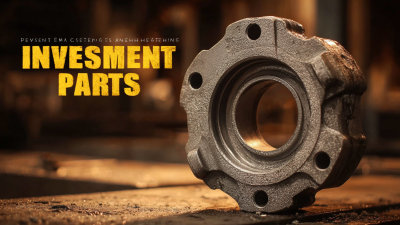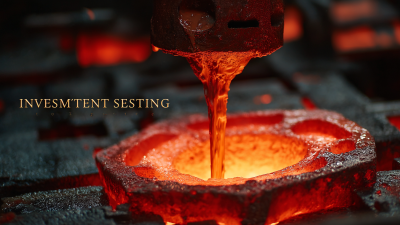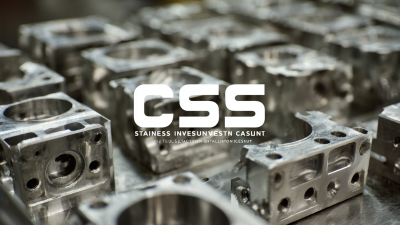In today's competitive manufacturing landscape, optimizing production efficiency is paramount, and Steel Investment Casting stands out as a crucial method for achieving this goal. According to a recent report by the Casting Industry Association, the global investment casting market is anticipated to grow significantly, projected to reach $18.9 billion by 2027, reflecting the increasing demand for precision-engineered components across various industries, including aerospace, automotive, and medical devices. This technique offers unparalleled advantages, including reduced material waste and enhanced dimensional accuracy, making it a favorable choice for manufacturers striving for operational excellence. By leveraging the benefits of Steel Investment Casting, companies can not only streamline their production processes but also meet the rising standards of quality and efficiency demanded by today's markets.
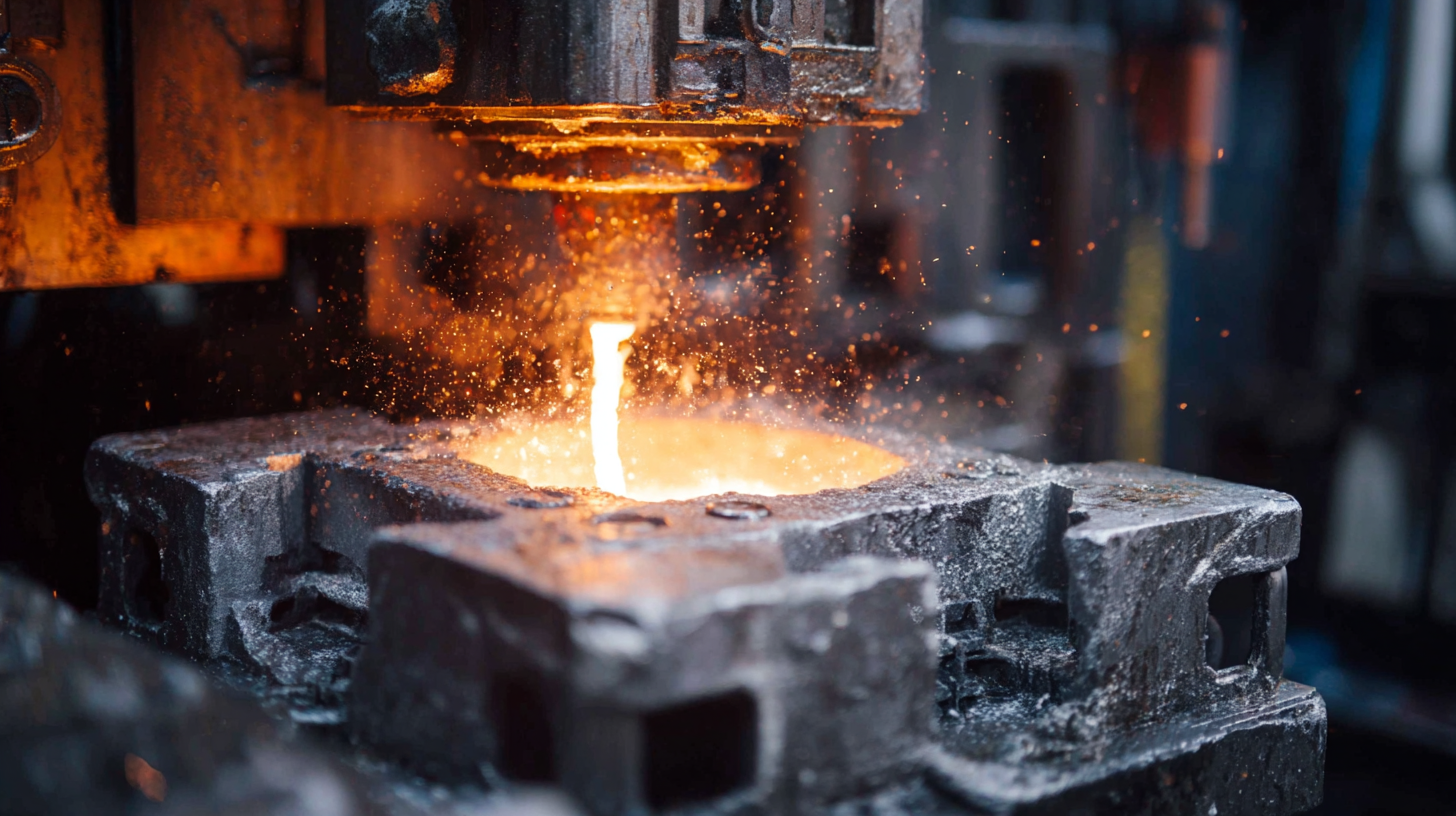
Steel investment casting is a manufacturing process that offers significant advantages for producing high-quality metal parts with intricate designs. By using a wax pattern to create a ceramic shell, manufacturers can achieve precise shapes and dimensions, which is crucial in industries such as aerospace, automotive, and machinery. This method not only permits complex geometries but also results in minimal material waste, enhancing overall cost-effectiveness in production.
One of the main benefits of steel investment casting is the excellent surface finish it provides. Components produced through this process often require little to no additional machining, which saves time and reduces operational costs. Moreover, the high strength-to-weight ratio of steel makes it an ideal choice for applications where durability is paramount.
The ability to create detailed features and intricate designs without sacrificing structural integrity allows manufacturers to innovate and meet the demands of modern engineering challenges efficiently. Ultimately, understanding these fundamentals can equip businesses to harness the full potential of steel investment casting for their production needs.
Production efficiency in steel investment casting is critically influenced by several key factors. Understanding these elements can lead to significant improvements in both quality and throughput. According to a 2022 report from the American Foundry Society, optimizing tooling design, process parameters, and material choice can enhance production rates by up to 25%. Additionally, reducing cycle times through effective scheduling and resource allocation is vital; studies indicate that a reduction of just 10% in cycle time can yield up to 15% increases in overall productivity.
**Tips:**
1. Invest in high-quality molds and cores to improve dimensional accuracy and reduce scrap rates.
2. Implement real-time monitoring systems to track key performance indicators, allowing for timely adjustments in the casting process.
Moreover, the integration of advanced technologies such as CAD/CAM systems can streamline design and production processes. According to a 2023 industry analysis, facilities that adopted such technologies reported a 30% decrease in lead times. By regularly reviewing production metrics and adjusting operational strategies, manufacturers can ensure they are meeting market demands efficiently while also maintaining product integrity.
Implementing advanced techniques in steel investment casting can significantly streamline the manufacturing process, enhancing overall production efficiency. According to a recent report by the Casting Industry Manufacturers Association, the global investment casting market is projected to reach $27 billion by 2026, driven largely by industry demand for precision and reduced lead times. Techniques such as computer-aided design (CAD) and computer-aided manufacturing (CAM) have revolutionized the traditional casting process, allowing manufacturers to produce complex geometries with minimal waste.
Additionally, incorporating advanced technologies like 3D printing for pattern creation can reduce production costs and time. A study from the American Foundry Society shows that utilizing 3D printed patterns can cut lead times by up to 75%, enabling faster responses to market demands. Implementing these modern techniques not only optimizes the casting process but also enhances the quality of the final products. By employing real-time data analytics and automation, manufacturers can further refine workflows, minimize defects, and achieve better resource management, ultimately leading to increased profitability in production.
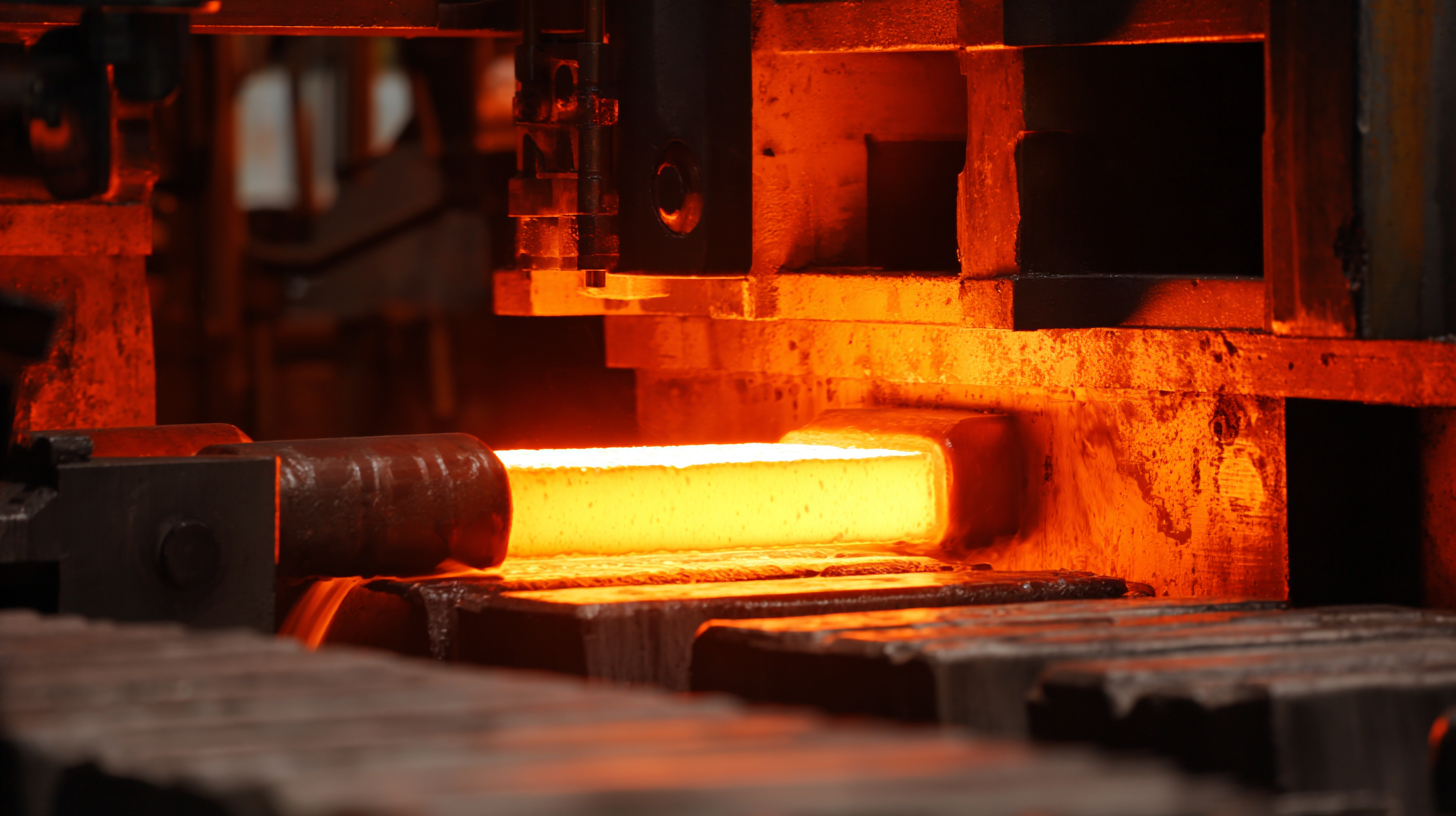
The integration of technology and automation into steel investment casting operations can significantly enhance production efficiency. Advanced technologies such as computer-aided design (CAD) and simulation software allow manufacturers to create precise models and predict outcomes before committing to physical production. This foresight minimizes material waste and reduces the time spent on revisions, resulting in a more streamlined development process. Moreover, implementing automation in critical stages—such as pouring and cooling—ensures consistency in quality and decreases the risk of human error.
Additionally, the deployment of automated inspection systems can further optimize operations by providing real-time quality control. These systems utilize sensors and machine learning algorithms to detect flaws and deviations from specifications during the casting process. By quickly identifying issues, manufacturers can make immediate adjustments, thus minimizing downtime and enhancing overall productivity. Embracing these technological advancements not only boosts operational efficiency but also positions steel investment casting companies to respond swiftly to market demands, ultimately leading to improved competitiveness in the industry.
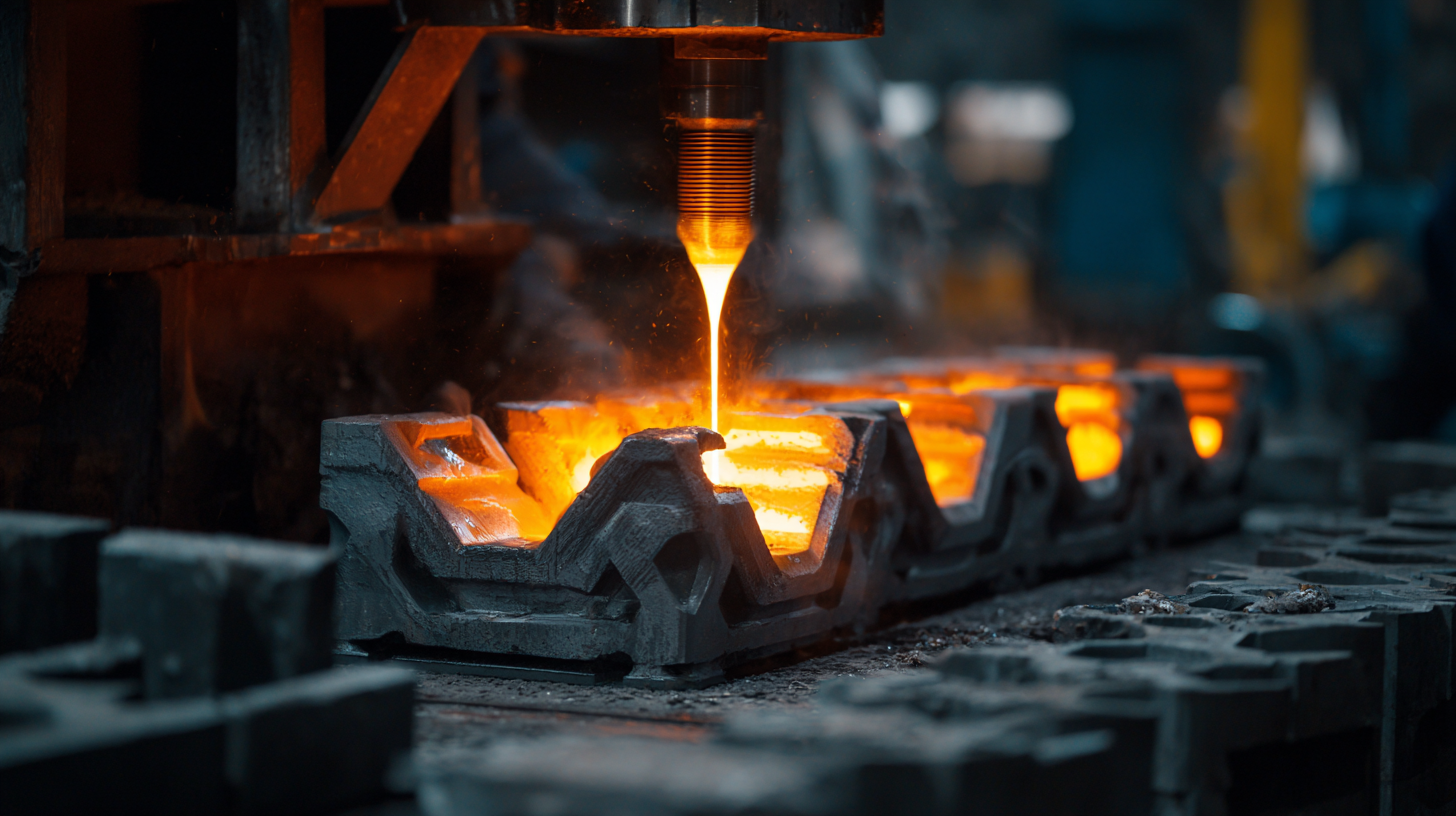
To optimize production efficiency in steel investment casting, measuring and analyzing performance metrics is essential for continuous improvement. According to a report by the American Foundry Society (AFS), implementing a data-driven approach can enhance productivity by up to 20%. Key performance indicators (KPIs) such as cycle time, scrap rate, and yield are crucial for assessing operational efficiency. By consistently monitoring these metrics, businesses can identify bottlenecks and areas for improvement, ensuring that resources are effectively allocated.
In practice, integrating advanced technologies like real-time analytics and machine learning can significantly elevate performance measurement. A study by McKinsey indicates that manufacturers utilizing predictive analytics tools can reduce maintenance costs by as much as 30% while increasing overall equipment effectiveness (OEE). By focusing on KPI trends and data patterns, steel investment casting companies can make informed decisions that lead to enhanced productivity, reduced waste, and ultimately, greater profitability. This continuous feedback loop not only aids in fine-tuning processes but also fosters a culture of operational excellence within the organization.

